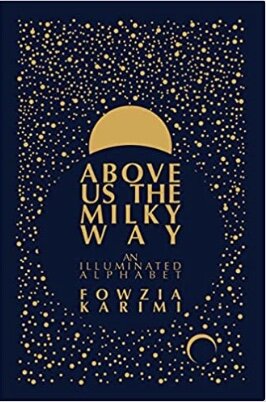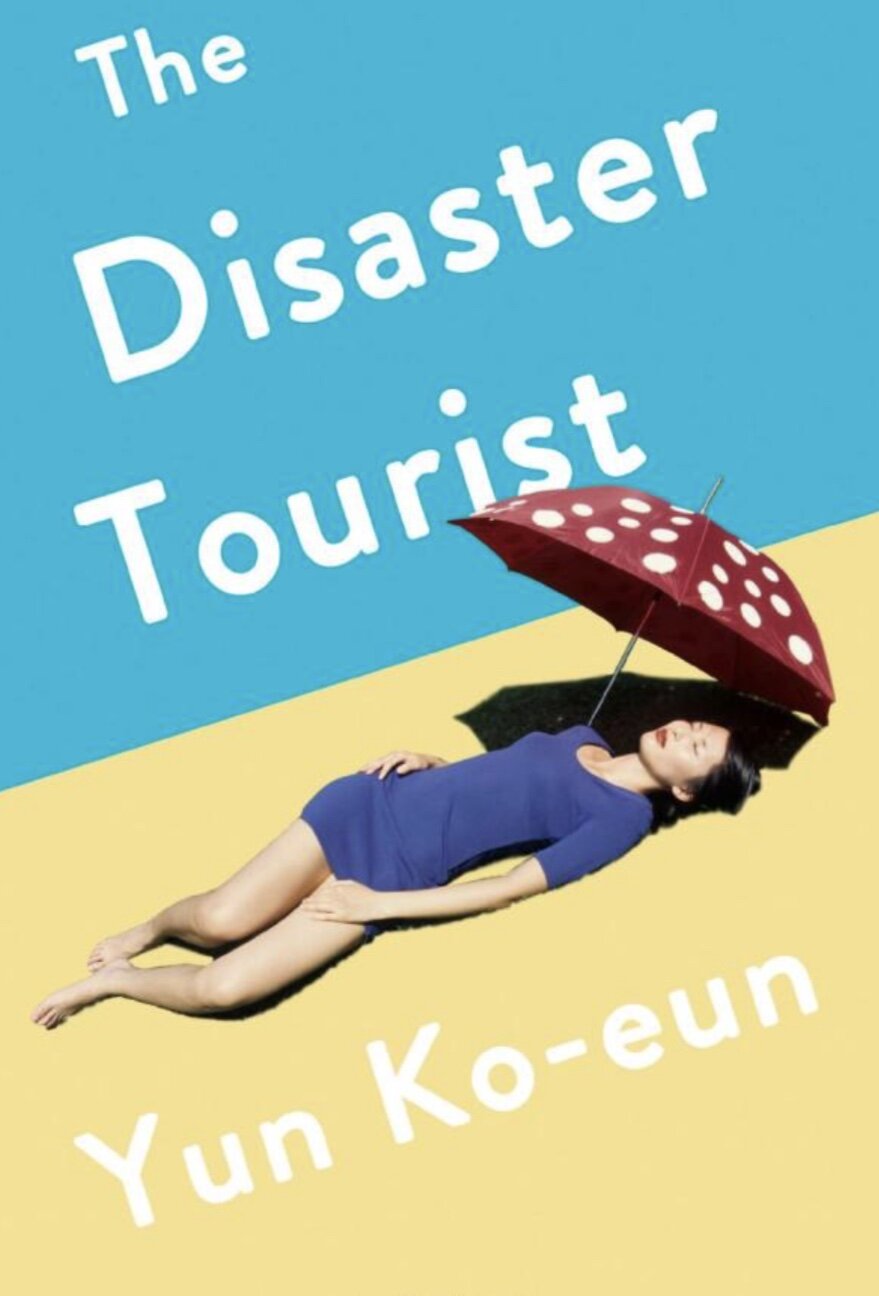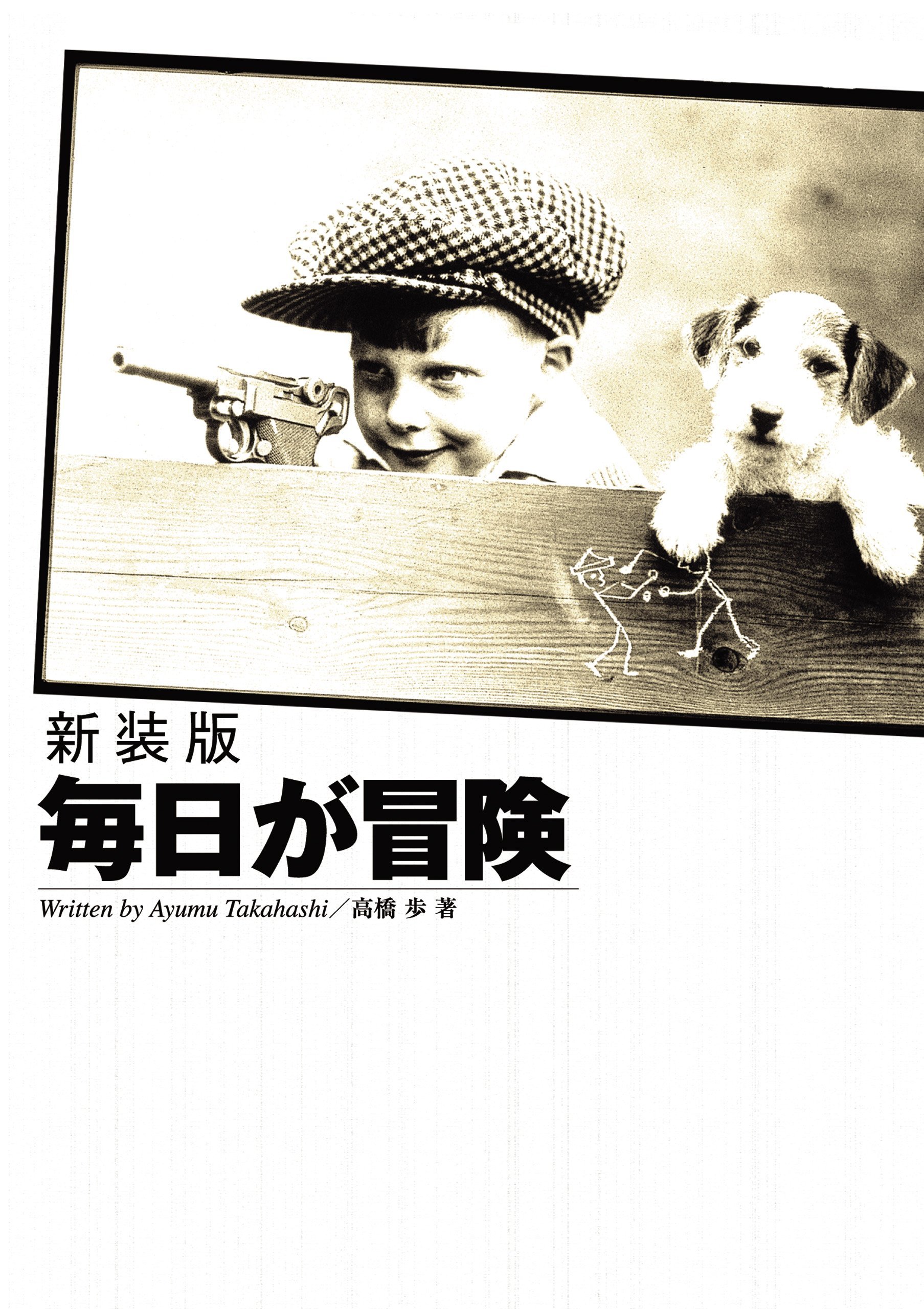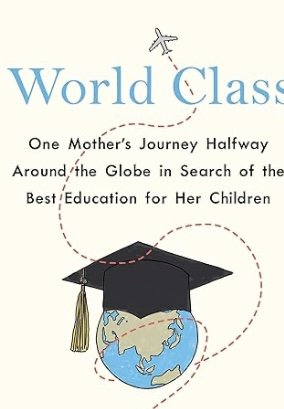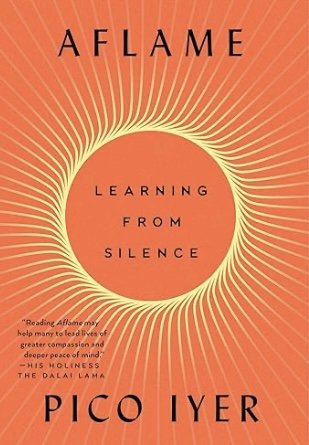Minor Feelings: An Asian American Reckoning by Cathy Park Hong (One World, Random House)
“If you want to write about race, you have to do it politely, because then people will listen.” Cathy Hong Park understood this statement made by another poet of color; she’d been writing poetry “for a roomful of bored white people,” submerging her identity and her feelings to fit into a narrative that didn’t see color, only whiteness. Flattened into a category that lumped all Asian nationalities into a model minority that exists only for some, she felt “as interchangeable as lint,” without a voice of her own. Steeped in depression, she found a path to this after watching Richard Pryor and taking to the stage herself as a stand-up comic, delivering sardonic truths that shocked audiences into listening. She no longer had to be polite, a state that seeped into her poems and pervades her essays in Minor Feelings.
In defiance of the approved standardized language, Hong Park explores and celebrates “bad English,” collecting it from websites that find humor in mistranslations of English in other countries. “I steal those lines and use them in my poetry,” she says, “bad English is my heritage.” She treats “English as a weapon in a power struggle,” “hijacking English...to slit English open so its dark histories slide out,” “finding a way of speech that decentered whiteness.”
Dark histories emerge in Park Hong’s essays, through words that decenter whiteness like scalpels. She charts the odyssey that she traveled at Oberlin with two friends,Taiwanese and Korean, the three of them becoming “indomitable forces” in their different art forms, possessing “the confidence of white men, which was swiftly cut down after graduation.”
She illuminates the death of artist and poet Theresa Hak Kyung Cha, who was raped and murdered in Manhattan. Her death went unnoticed by the New York press and it was her brother and her husband who discovered the site of her murder after the police had given up a cursory search. Cha was killed just as her book Dictee was released, just before her photographs were to appear in a group show at a Village gallery. With her murder, she vanished, so thoroughly that Park Hong discovered Dictee only through a workshop with a visiting Korean American professor. A mixture of “memoir, poetry, essay, diagrams, and photography,” Cha’s book pulls Park Hong into an unfamiliar truth, a truth she expands upon in a scathing essay that focuses a long-denied attention upon Cha’s life, death, and art.
She brings to light an activist who by rights should be famous, a woman who held Malcolm X as he died and who’s immortalized in a photograph of his death but remains anonymous. Yuri Kochiyama grew up in a U.S internment camp during World War II. She became a civil rights activist and was one of the seven who occupied the Statue of Liberty in 1977 as supporters of independence for Puerto Rico. She fought for a government apology and reparations for the survivors of internment camps and in 1996 proclaimed “People have a right to violence, to rebel, to fight back.” “At a time when identities can be walled off,” Park Hong says, “it’s essential to lift up the life of Kochiyama.” The scalding shame is that this life needs to be lifted up when Kochiyama should be a shining part of America’s historical fabric.
Park Hong defines minor feelings as those emotions that don’t enhance and pay homage to the ruling system: “envy, irritation, boredom,” the feelings that emerge with honesty and are all too often submerged “to protect white feelings.”
These essays will not do that. Reckonings are not conciliatory actions and Hong Park makes it clear from the beginning that this is what her book is about. What her essays will do is propel white readers into an awareness that should have come our way long ago. It’s a launching pad. Make a leap.~Janet Brown




